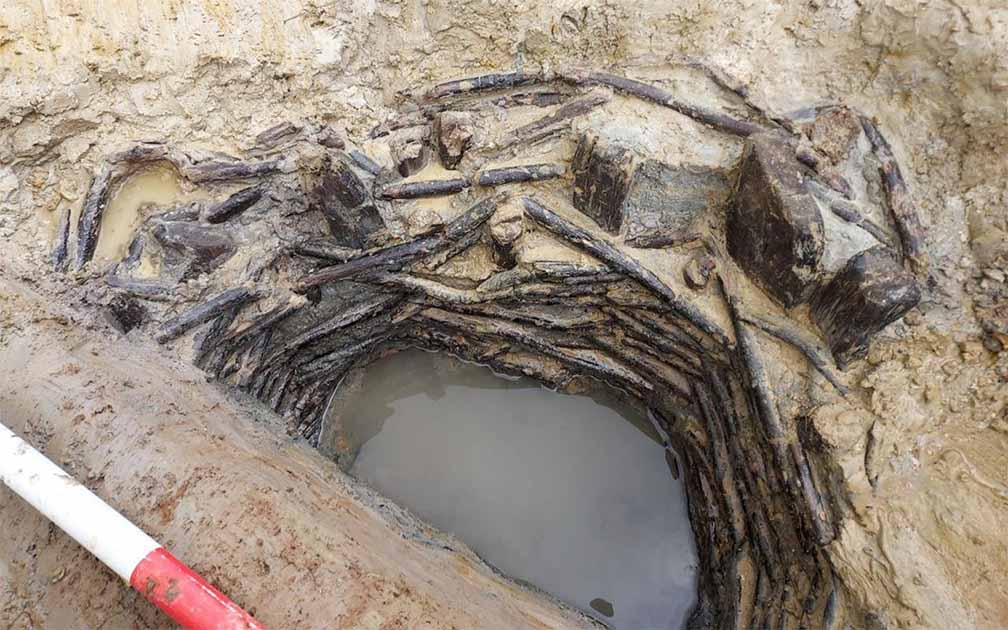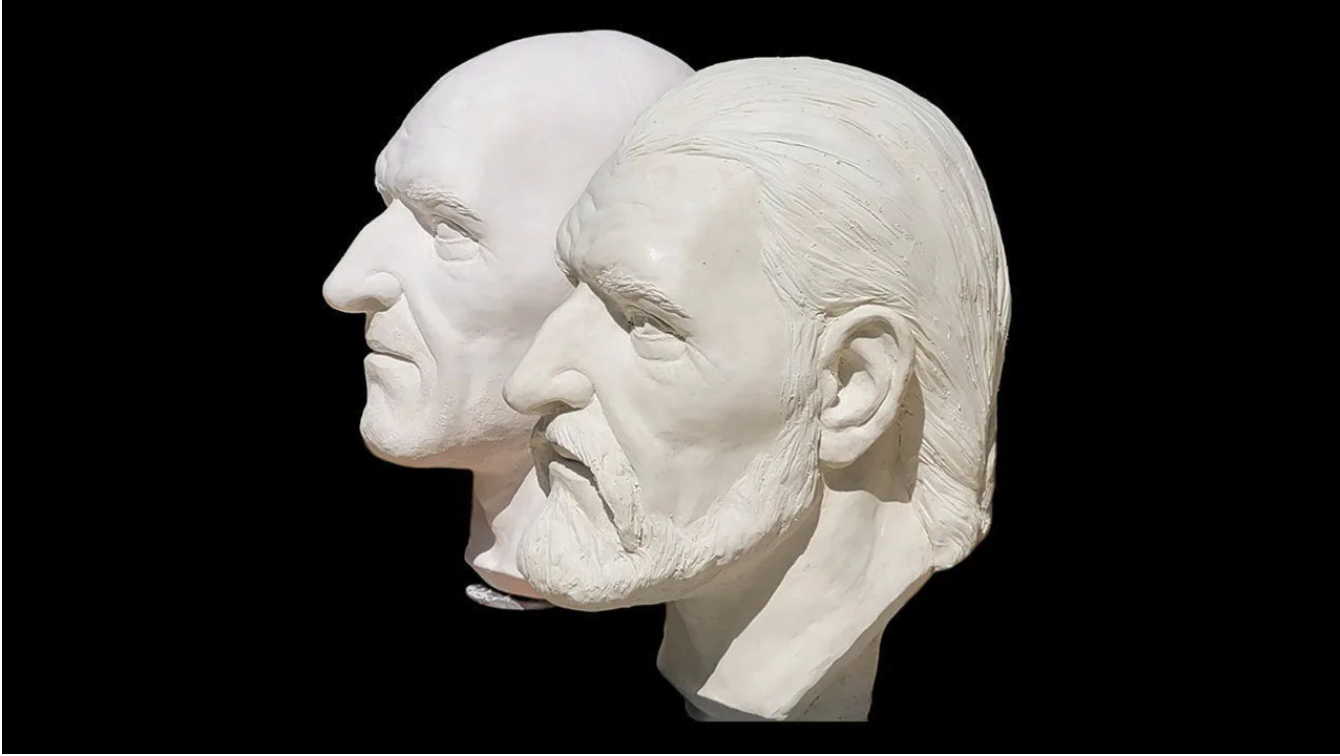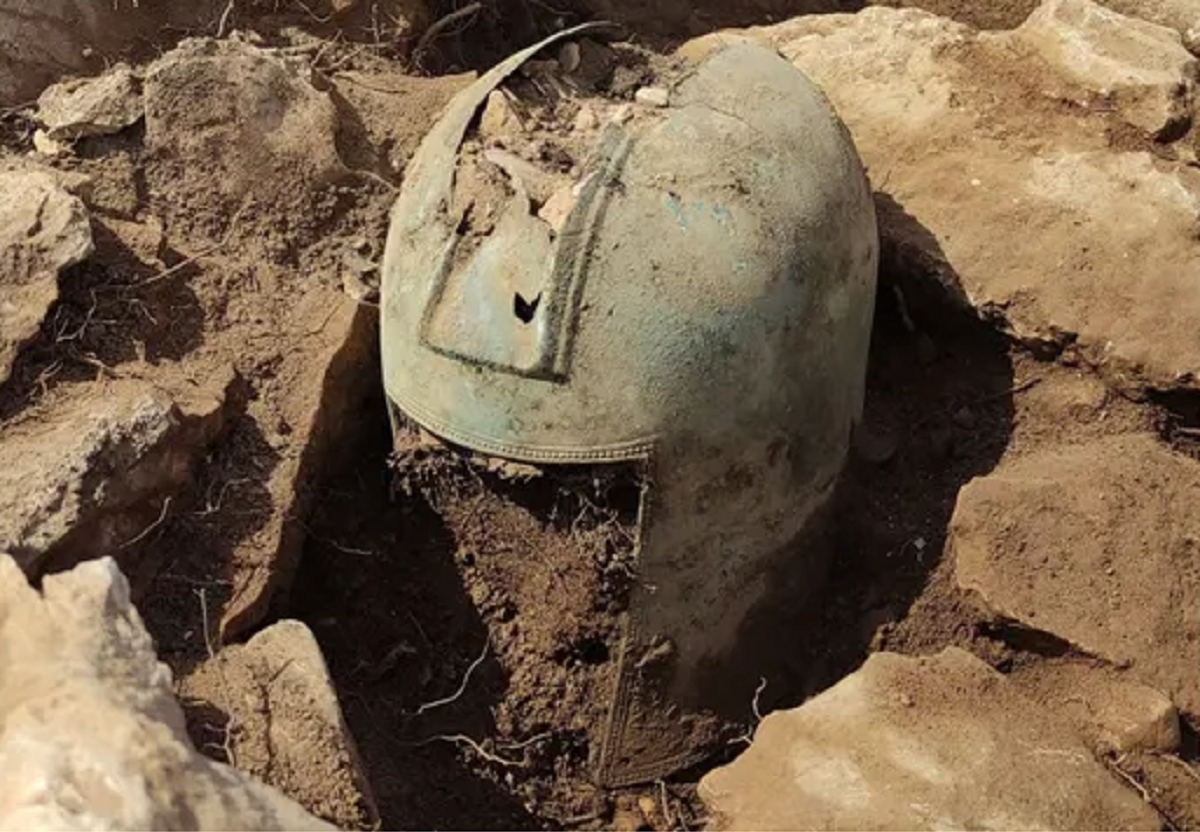The discovery "may also shed light on the question of who built the first aqueduct - whether it was the Hasmoneans or perhaps King Herod," the researchers stated.
Aerial view of the excavation of the Upper Aqueduct at Givat Hamatos.
According to the Israel Antiquities Authority, the longest continuous portion of the ancient aqueduct that formerly connected Jerusalem to the outside world has been discovered in Givat Hamatos.
Prior to the Municipality of Jerusalem's intended expansion of the settlement, archeological investigations in the region uncovered a section of the ancient aqueduct that is around 300 meters (or 1,000 feet) long. The city intends to construct schools.
The archaeological endeavors were supported by Arim, one of the businesses involved in the building of Givat Hamatos.
Numerous old coins, including one produced during the First Jewish-Roman War, were also found.
Regarding the aqueduct
The Jerusalem aqueduct was constructed to satisfy the expanding water needs of the ancient city, according to Dr. Ofer Shyam and Ruth Cohen, heads of the Antiquities Authority excavations.
"Jerusalem expanded substantially in the final years of the Second Temple. The water that flowed in conduits and cisterns was no longer adequate for the thousands of pilgrims and locals because the Temple had been constructed, they say. "Water had to be transported from afar to the city."
As a result, the Hasmoneans and later King Herod constructed two aqueducts to Jerusalem in order to meet the city's expanding water needs. The Jewish and Armenian Quarters of the Old City were the upper city, which was served by one of the aqueducts known as "the Upper Aqueduct." The Temple received water from "the Lower Aqueduct," the other.
These aqueducts are referred to by Shyam and Cohen as "among the largest and most complex water systems in the land of Israel - and indeed, in the ancient world."
Each of the aqueducts, which connected Jerusalem to the water's source at Bethlehem Springs over a distance of around 10 kilometers, was a magnificent engineering achievement.
Exposure of the ancient water conduit. (credit: Emil Aljam, Antiquities Authority)
In addition, "we found about 25 coins scattered at relatively equal distances in the foundations of the aqueduct from the days of the Tenth Legion," Shyam and Cohen added. We believe this was not an accident because it resembles the modern practice of leaving money there for good luck fairly closely.
A coin from the Second Temple period that was struck in the 67–68 CE period, during the Great Jewish Revolt, sometimes known as the first of the three Jewish-Roman wars, was also discovered in the aqueduct's infrastructure.
According to the press release, the researchers hypothesized that when constructing the conduit, the ancient Jerusalem aqueduct's builders built it into the structure's foundations.








